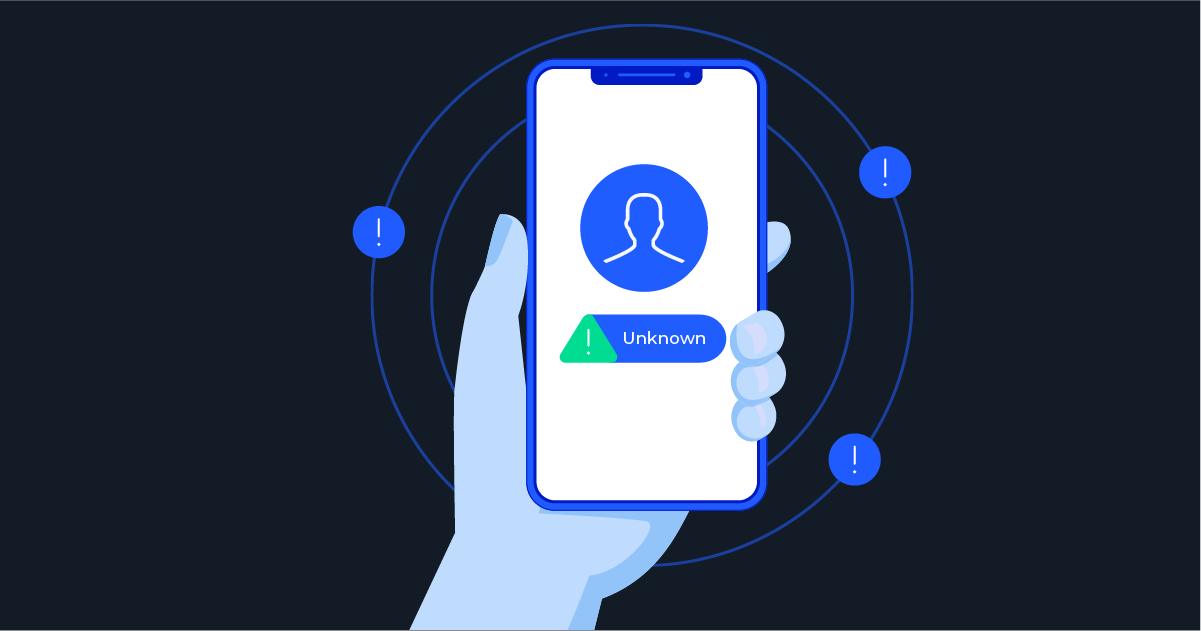
Every holiday season brings record-breaking sales—and record-breaking fraud. Shoppers looking for the best deals often let their guard down, while malicious actors use the noise of peak season to strike. Phishing messages, fake sites, and delivery scams surge across digital channels, threatening both customers and the brands they trust. As consumers hunt for deals, fraudsters ramp up phishing attempts, fake offers, and account-takeovers across channels.
In 2024, 77% of all Black Friday-themed spam emails were scams, up from 70% in 2023, representing a 7% increase in scam prevalence. Another report found that during the period from Thanksgiving to Cyber Monday 2024, approximately 4.6% of attempted e-Commerce transactions globally were suspected to be digital fraud (4.2% in the U.S.).
For businesses, the cost isn’t just financial. Every successful scam erodes customer confidence and puts your brand reputation at risk. Understanding how these scams work—and how to stop them before they spread—is key to safeguarding your digital ecosystem this Black Friday and beyond.
Table of Contents
The top holiday scams of 2025—and how your business can fight back
1. The “Your order has shipped” scam
Fraudsters send fake shipping texts with malicious tracking links, designed to mimic legitimate retailers and logistics partners. These scams spike around Black Friday and Cyber Monday, when consumers are expecting multiple deliveries and are more likely to click without thinking.
Business impact: Fraudulent messages often impersonate trusted brands, damaging credibility, and creating costly support burdens when customers report “fake” notifications.
How to protect: Use Telesign’s Phone ID to help strengthen your fraud protection and customer communication strategies. Phone ID provides accurate, global phone number intelligence—delivering data such as carrier, type, and activity status—to assist in assessing the legitimacy of numbers interacting with your brand. By identifying invalid, high-risk, or recently ported numbers before sending alerts or verification codes, you can reduce exposure to spoofed or fraudulent traffic. While no single solution stops external impersonation scams, validating number integrity within your own ecosystem helps protect your brand reputation and ensures genuine messages reach trusted customers.
2. Flash-sale fakes on social media
Scammers flood platforms like Instagram and TikTok with “90% off” ads that redirect shoppers to counterfeit e-Commerce sites designed to steal payment data. These sites often replicate legitimate branding with convincing precision, making it difficult for consumers to distinguish between real and fake offers.
Business impact: Impersonation scams divert legitimate traffic, generate chargebacks, and undermine customer trust in verified campaigns.
How to protect: Phone ID helps your business validate the legitimacy of users engaging with your brand online. Phone ID delivers global, data-driven phone number intelligence—such as line type, carrier, and subscriber status—that helps you identify fake, invalid, or disposable numbers before they’re used to create fraudulent accounts or participate in promotional activity. By integrating these identity insights into your onboarding and engagement workflows, your business can detect, flag, and block fake accounts early, supporting risk management efforts and ensuring that real customers—not bad actors—interact with your campaigns.
3. Counterfeit customer support chatbots
Fraudsters build fake “help desk” sites complete with realistic chatbots that ask for card or account information under the guise of providing support. These attacks exploit rising adoption of AI-powered chat and conversational commerce and are particularly effective during high-volume shopping peaks.
Business impact: Stolen credentials from fake support interactions can lead to account takeovers, data breaches, and reputational damage for the impersonated brand.
How to protect: Enhance authentication flows with Telesign’s Silent Verification, which confirms a user’s identity automatically in the background, without the need for one-time passwords or manual entry. Silent Verification leverages real-time mobile network signals to verify legitimate users and detect potential SIM-swap or porting risks—helping to reduce the chance of compromised credentials being used to access customer accounts. By adding a behind-the-scenes, secure verification layer to your digital channels, you can protect sensitive support interactions and provide a seamless, trusted experience for your customers.
4. “Exclusive access” phishing emails
Shoppers receive seemingly legitimate emails promising early access to secret or VIP sales. Clicking these links often leads to phishing sites that harvest login credentials or install malware, giving attackers the keys to real customer accounts.
Business impact: Fraudsters who obtain stolen credentials can attempt credential-stuffing or account takeovers on legitimate platforms, resulting in potential financial losses and customer churn.
How to protect: Integrate Telesign’s Verify API into your authentication workflows to safeguard critical account and transaction points. Verify API unifies multiple verification channels—SMS, Push, Email, WhatsApp, Viber, RCS, and Silent Verification—into a single API, enabling global, secure, and flexible multifactor authentication. When risky behavior is detected, Verify API can trigger step-up verification on the user’s preferred channel to ensure that only legitimate users can access sensitive information or complete high-value actions. This helps businesses safeguard against account takeovers while maintaining a seamless customer experience.
5. Fake giveaways and impersonated brand posts
Scammers hijack comment sections and post fraudulent “Black Friday giveaway” campaigns, claiming to offer gift cards or exclusive holiday deals. These impersonated campaigns often link to phishing pages that capture personal data or payment information, exploiting your brand’s visibility during peak shopping season.
Business impact: Impersonation scams can erode trust in your official channels and lead to brand damage, customer complaints, and chargebacks tied to fraudulent activity.
How to protect: Combine Phone ID and Verify API to help verify user legitimacy and strengthen account integrity across your marketing and engagement workflows. Phone ID provides real-time phone number intelligence—such as carrier, type, and subscriber status—to help detect fake or invalid accounts attempting to interact with your brand. Verify API adds an extra layer of multifactor authentication, enabling secure user verification across trusted channels like SMS, WhatsApp, and Email. Together, these solutions help your business confirm genuine participants, reduce bot-driven abuse, and maintain customer trust throughout high-traffic promotional periods.
Stronger security for the busiest season
Holiday fraud may be inevitable, but falling victim isn’t. With nearly half (48%) of U.S. consumers saying they were targeted by a scam while shopping online during the holidays, it is important to act early—before campaigns launch and bad actors attempt to exploit the season.
Fraudsters thrive on opportunity. As holiday shopping peaks and digital interactions multiply, protecting your customers’ trust is the greatest gift your brand can give this season. Equip your business with intelligent verification, stay alert to new threats, and make holiday success a safe certainty.
Talk to our experts today to explore how our identity verification and fraud prevention solutions can help protect your brand, secure your customer experience, and ensure your most critical season remains profitable and trusted.



